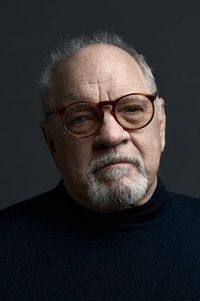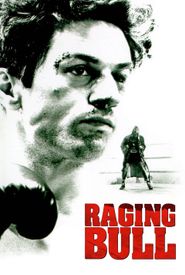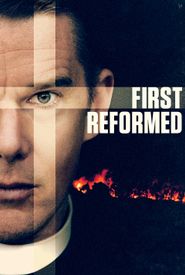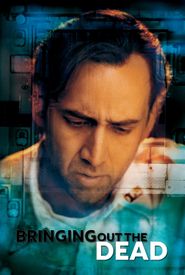Paul Schrader's cinematic trajectory defied the conventions of the "movie brat" generation, whose members, including Steven Spielberg, Martin Scorsese, Francis Ford Coppola, George Lucas, and Brian De Palma, shared a common background and set of influences. In stark contrast, Schrader's upbringing was marked by a strict Calvinist environment, where his parents prohibited him from watching films until he was 18 years old.
As a result, Schrader's exposure to cinema was limited until his late teens, but he made up for lost time by immersing himself in film studies at Calvin College, Columbia University, and UCLA's graduate film program. His influences, however, diverged significantly from those of his contemporaries, who were shaped by Saturday-morning serials and popular culture.
Instead, Schrader's cinematic sensibilities were informed by the works of Robert Bresson, Yasujirô Ozu, and Carl Theodor Dreyer, whom he studied and wrote about in his book, "Transcendental Style in Film." This intellectual curiosity and critical acumen served Schrader well, as he transitioned from film critic to screenwriter, earning a reputation as one of Hollywood's top scribes.
Schrader's breakthrough came when he and his brother, Leonard Schrader, a Japanese expert, penned a screenplay that fetched a then-record sum of $325,000. This success solidified his status as a leading screenwriter, and his collaboration with Martin Scorsese on "Taxi Driver" (1976) cemented his reputation.
The film's success granted Schrader the opportunity to transition to directing, a path he pursued with characteristic boldness and willingness to take risks within the Hollywood system. One of his most innovative and acclaimed films, "Mishima: A Life in Four Chapters" (1985),was a Japanese co-production that showcased his versatility and artistic range.
This journey, marked by both personal struggles and creative triumphs, has established Paul Schrader as a unique and important figure in the world of cinema, one who has consistently pushed the boundaries of his craft while remaining true to his artistic vision.













































































